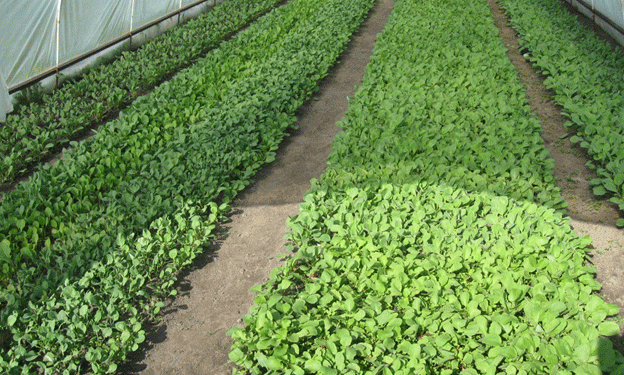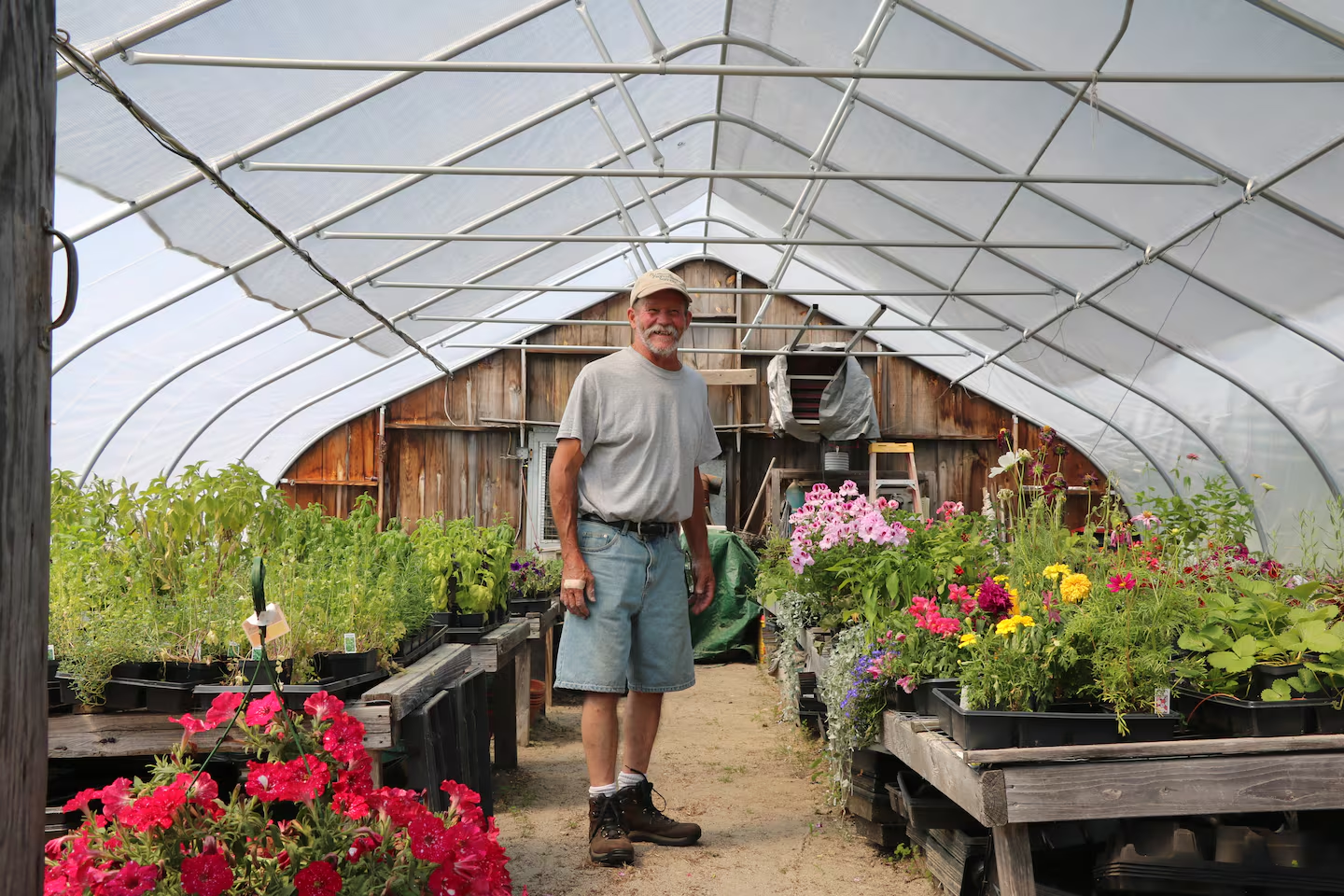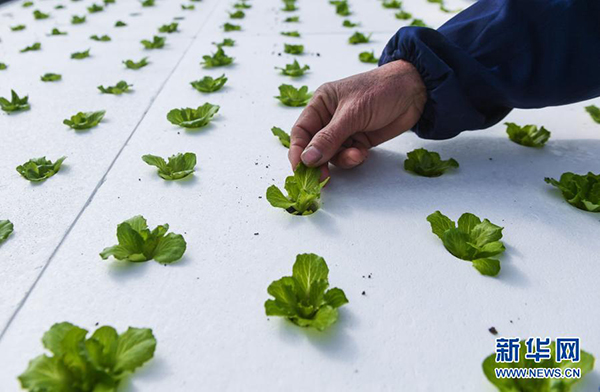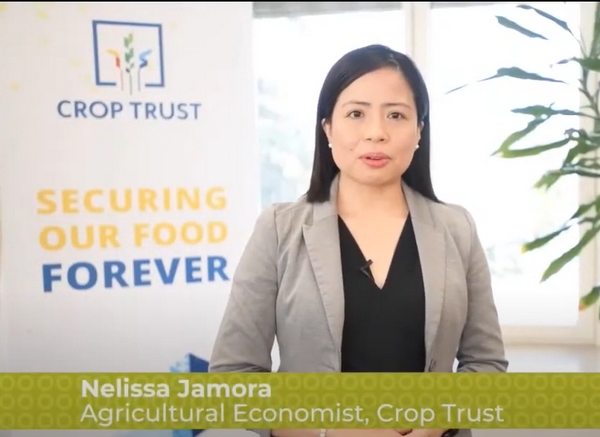Luxembourg is preparing a game-changing agricultural law to expand greenhouse farming and boost vegetable production. Local farmers and agronomists share their perspectives, highlighting both opportunities and challenges. This article examines the proposed legislation, explores its potential impact, and compares global trends in greenhouse agriculture.
As global food systems face increasing pressure from climate change, energy costs, and land scarcity, many countries are turning to controlled environment agriculture (CEA), including greenhouses, to ensure food security and sustainable production. Luxembourg has taken a decisive step in this direction. A new agriculture law under development aims to expand the scale of greenhouse farming and provide stronger financial support for vegetable growers.
The shift comes at a time when greenhouse agriculture is gaining global momentum. According to a report by MarketsandMarkets, the global greenhouse horticulture market was valued at approximately USD 32.3 billion in 2023 and is expected to reach USD 53.2 billion by 2028, growing at a CAGR of 10.5%. Europe remains a significant contributor to this market, driven by technological advancements and strong sustainability policies.
In Luxembourg, insights from two farms shed light on how this legislative change could reshape local agriculture.
The Kirsch Family Farm, located north of Luxembourg City, has been cultivating a range of vegetables and herbs on two hectares of open land and within 3,000m² of greenhouse space. “Ten years ago, we were only allowed 250m²,” says Niki Kirsch. “That was not economically viable.” Today, with larger greenhouses, the farm can integrate advanced climate control systems using weather-station-linked computers for precision irrigation, ventilation, and heating.
Faced with high tap water prices, the Kirsch farm has embraced rainwater collection systems for irrigation. Additionally, their innovative loop system for washing vegetables allows for natural water recycling without requiring treatment plants. This approach aligns with growing sustainability trends in European farming.
Marie Goergen, who runs an organic market garden in Contern, supports the proposed law but warns against uneven support distribution. She cultivates 60 types of vegetables on three hectares, including 0.8 hectares under greenhouses. “We need aid that supports both greenhouse and traditional open-field farming,” she argues. Goergen highlights soaring input costs, unpredictable weather, and the need for a reliable consumer base as persistent challenges. She believes stronger support for small farms could significantly improve productivity and resilience.
Comparatively, countries like the Netherlands and Belgium have long embraced large-scale greenhouse agriculture. In the Netherlands, for instance, greenhouses account for more than 10,000 hectares, making the country one of the world’s largest vegetable exporters despite its small land area. These greenhouses often rely on advanced technologies such as hydroponics, renewable energy systems, and AI-driven climate monitoring.
Luxembourg’s move to modernize its greenhouse laws indicates a shift toward more competitive and sustainable agricultural practices. However, ensuring that small- and medium-sized farms are not left behind will be crucial. Support mechanisms must be inclusive, providing equitable access to funding, technology, and infrastructure for all growers.
Luxembourg’s proposed agricultural law represents a pivotal opportunity to strengthen local food production through modern greenhouse farming. By learning from international best practices and supporting both greenhouse and traditional farmers, the country can create a more resilient, productive, and sustainable agricultural sector.










